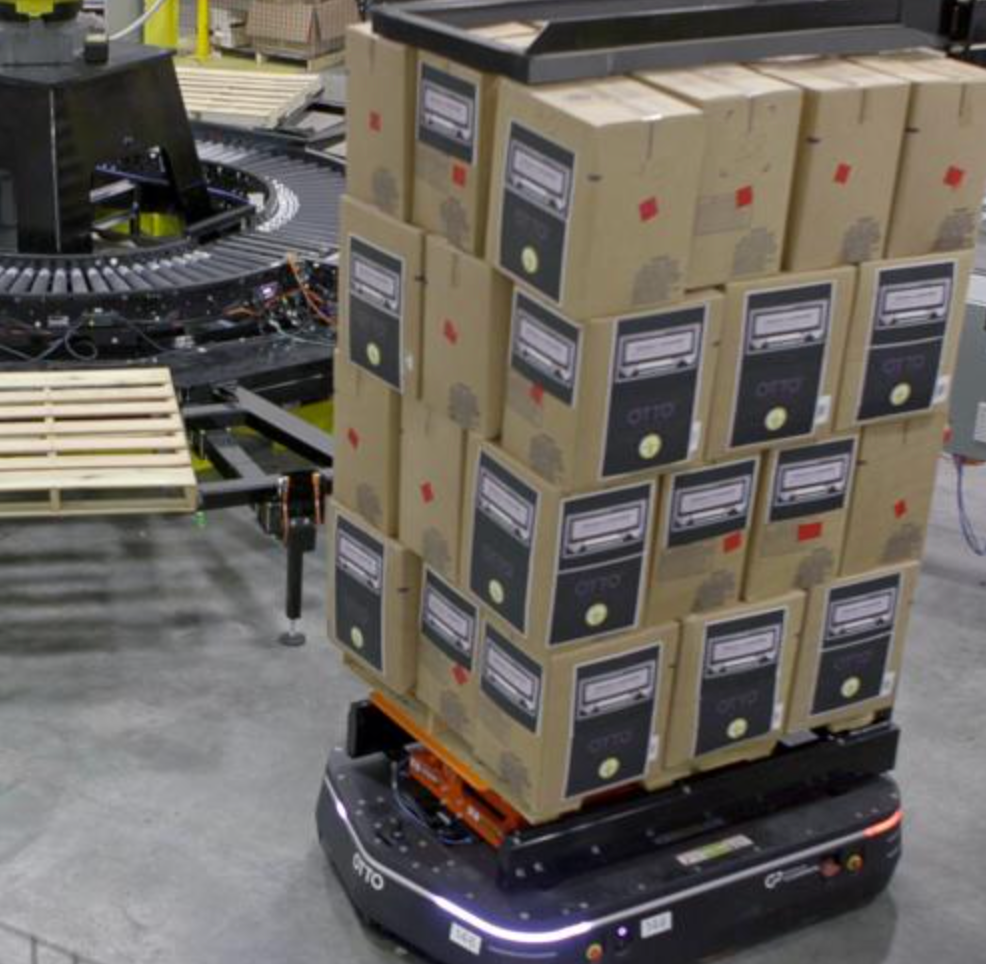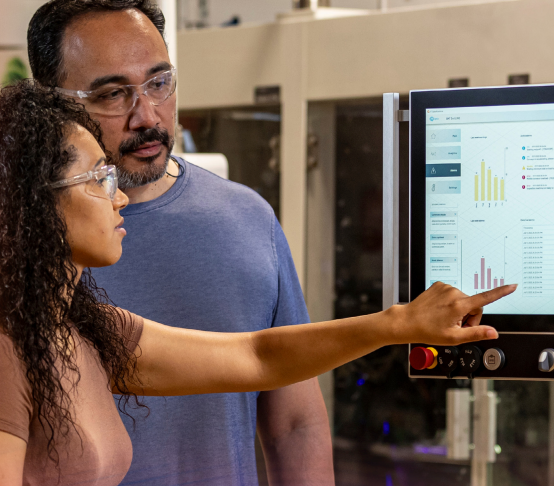Blog
5 supply chain and logistics trends for 2018

This year is shaping up to be a transformative one for the supply chain logistics industry. Digital technology and other supply chain technology trends are enabling big changes for how companies source, manufacture, and deliver their products to market.
The demand by consumers for customization and faster delivery has never been greater -- and these 5 logistics trends are making it possible for companies to keep up.
Variable logistics
E-commerce customers continue to want more and faster shipping options, and e-retailers need to make sure they have them. The reality today is that one customer may want their order the next day, while another might want to pick it up in the store. Companies need to provide variable delivery options for them, but this requires technology to connect all the different sales and operations channels within the organization to make it happen.
Data, data, and more data
Data-driven logistics will continue to be a driver for the industry. Using data correctly enables logistics managers to anticipate demand more accurately and alter capacity to meet it. More logistics companies will rely on data visualization techniques, algorithms, and analytics to provide faster and more cost effective service to customers.
Blockchain and AI technology
Two of the most interesting technologies are blockchain and Artificial Intelligence (AI). The promise of blockchain offers companies and their supply chain more transparency, allowing them to work seamlessly with suppliers and logistics providers without fear of compromised information.
AI technologies further the digitization and automation of many parts of the logistics function. This is happening already with connected autonomous mobile robots operating autonomously within manufacturing and warehouse facilities. An example of this in practice is how advanced material handling equipment is able to learn to perform many tasks which help operators improve resource utilization in important ways. High on this list is the ability to move employees to higher value activities, with machines left to handle many of the repetitive and lower value tasks -- like sorting parts or bringing materials line-side.
Transportation Management Systems (TMS)
The industry is already seeing the use of TMS applications skyrocketing in 2018, and this will continue. The complexity of supply chain logistics today demands it. A TMS -- the system central to all logistics operations -- optimizes routes, manages carriers, and digitizes most of the paper-based documentation companies have dealt with in the past. Since most modern TMS systems are cloud-based, integration is seamless, and companies find it to be a critical application to keep up.
New technologies
Often criticized for being slower to adapt to new technologies, the logistics industry has recently been open to change when it’s shown to increase productivity. The use of advanced technologies, such as robotics, the aforementioned autonomous mobile robots, and Industrial Internet of Things (IIoT), will become more common everywhere in the supply chain.
The past few years have been turbulent for the logistics industry as heightened customer expectations impact every part of the supply chain. As advances in logistics and supply chain technologies continue to evolve, innovative supply chain leaders embrace these options to meet and exceed the expectations of their customers and improve their position in the marketplace.






